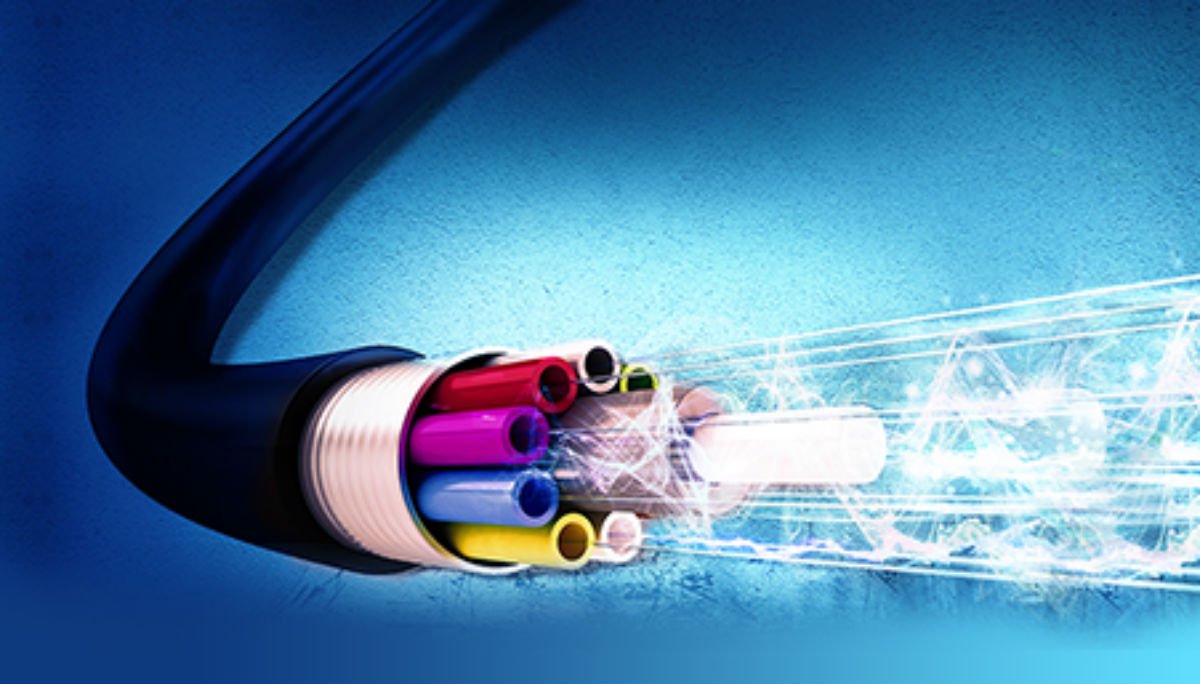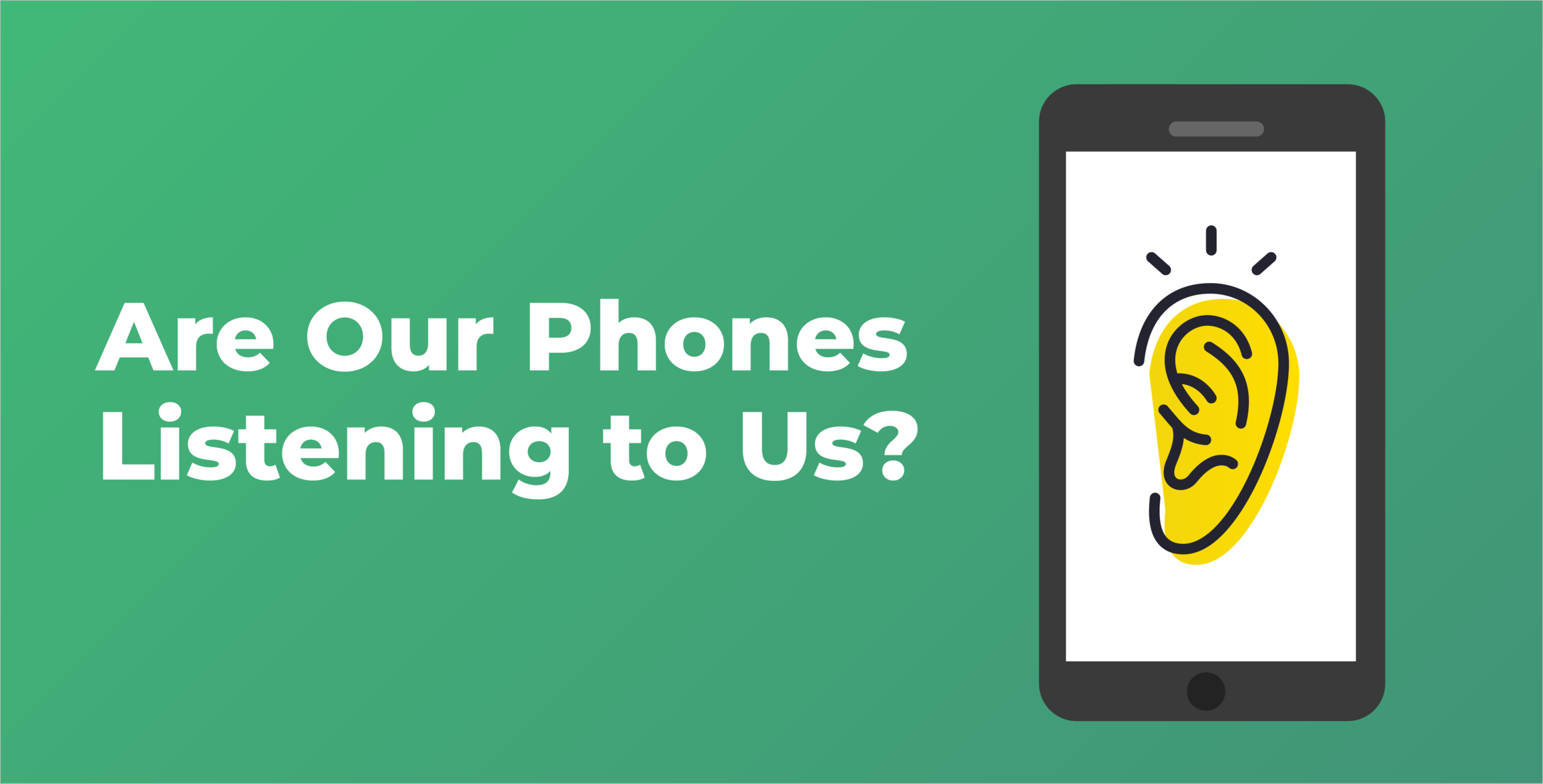Today’s digital world is powered by the internet. Having an internet connection is a must for any organization, business, or individual. Internet is a broad term and there are several types of internet connections, depending on the way it’s provided to the end users.
Previously, the internet was most commonly provided to users via DSL copper or coaxial cables. Altafiber Internet is a modern-day internet service provider that relies on a full fiber cable network to provide internet to users, offering internet speeds up to 2000 Mbps!
We know differentiating between internet types can be a bit confusing, which is why in this article, we’ll explain what traditional broadband means, explain some of the different types of internet connections you can get, and whether you should switch from traditional broadband to fiber internet.
What is Traditional Broadband?
Traditional broadband is a term that refers to internet access that is delivered through wired technologies such as Digital Subscriber Line (DSL) or cable. Unlike the dial-up internet services in the past, traditional broadband provides comparatively faster data transfer, allowing for faster and more reliable internet connection.
Let’s take a detailed look at DSL and cable internet connections:
DSL (Digital Subscriber Line)
DSL, or Digital Subscriber Line, is a type of high-speed internet connection that uses existing copper telephone lines to transmit data. It used to be a popular and widely available broadband technology until other forms of internet became common.
DSL connections typically provide uneven speeds, meaning the download speed is usually faster than the upload speed. This is suitable for light internet activities, such as web browsing, streaming, and online gaming.
DSL internet uses copper telephone lines that have been in place for decades. This allows DSL to be widely available in many areas without the need for extensive infrastructure upgrades or new cable networks. DSL performance can be affected by the distance between the customer’s location and the telephone company’s central office or DSLAM (Digital Subscriber Line Access Multiplexer). The farther the distance, the more the signal strength decreases, resulting in slower internet speeds.
DSL technology has been very common in the past when it came to broadband internet for homes and businesses. However, with the emergence of faster technologies like cable and fiber-optic internet, DSL may not provide the highest speeds available in some regions.
Cable Internet
Cable internet is another type of broadband internet connection that utilizes the coaxial cable infrastructure used for cable television. It is a popular and widely available form of broadband technology, known for its faster speeds and consistent performance compared to DSL or other types of internet.
Cable internet is suitable for various online activities, including streaming, online gaming, video conferencing, and more. Cable internet makes use of the same coaxial cables used for cable television. The cables used for providing this network connection are already laid out in many urban and suburban areas, making cable internet easily accessible in the majority of the areas, including towns, cities, and other suburban areas.
In cable internet, multiple users in the same neighborhood or vicinity share the same network, which results in reduced speeds during peak usage times. However, advancements in technology and network management have addressed this issue to a large extent by dividing bandwidth accordingly.
To connect to the cable internet network, users need a cable modem. This modem connects to the coaxial cable and provides an Ethernet connection to a router or computer. Cable internet is generally considered a reliable and stable internet connection. However, the reliability may vary depending on factors such as network congestion and the quality of the cable infrastructure.
What is Fiber-Optic Internet?
Fiber-optic internet is a type of internet connection that is getting popular rapidly these days because it offers considerably faster and more reliable internet connection compared to traditional broadband options, like cable or DSL internet.
Fiber internet relies on fiber-optic cables to transmit data. It is known for its incredible speed. It can provide symmetrical speeds, meaning the download and upload speeds are nearly identical, allowing for seamless online activities like high-quality streaming, gaming, video conferencing, and large file uploads or downloads.
Fiber-optic cables transmit data using light pulses, which travel at the speed of light. This allows for extremely fast and efficient data transfer. Due to this, fiber internet has low latency. Low latency ensures minimal delays in data transmission, making it ideal for real-time applications, online gaming, and video conferencing.
Furthermore, fiber internet’s speed is not really affected by the number of users on the network and it can transmit data over long distances without signal degradation, making high speed internet available in cities as well as suburban areas.
However, fiber internet it may not be as widely available as DSL or cable internet in some regions. This is because fiber-optic internet requires a network of fine-glass cables, which is yet to be laid out completely. However, its popularity is on the rise, which is why fiber internet providers are expanding their cable networks and laying out fiber cables rapidly in areas where it was previously not available.
Additionally, the cost of fiber internet plans can be higher than other types of broadband. However, many users find the exceptional speed, reliability, and low latency of fiber internet well worth the investment, especially for households with multiple connected devices or businesses with high data needs.
Should I Switch to Fiber Internet?
Making the switch to from traditional broadband, like cable or DSL internet, to fiber internet is a logical choice because of multiple reasons. These include:
Higher Internet Speeds
Whereas the maximum internet speeds DSL and cable internet provide is up to 500 Mbps, Fiber internet offers considerably higher internet speeds, going up to 2 Gbps! Using fiber internet allows you to stream up to 8K ultra HD videos, play games online without lag and low ping, attend video conferences without disruption, and much more!
Symmetrical Speeds
With traditional broadband, the internet speeds were often asymmetrical. This means that the upload speed would be lower compared to download speeds. This isn’t the case with fiber internet, where you’ll get consistent symmetrical upload and download speeds.
Low Latency
Fiber internet has lower latency compared to traditional broadband. This is favorable for online gamers, people who work remotely and participate in video conferences, take online classes, and more.
More Stability
Fiber internet is much more stable and has less frequent interruptions compared to traditional broadband. This makes it ideal for people who play games professionally, work from home, or businesses that need a stable internet connection for their employees.
Future Proof Technology
Fiber internet is considered the technology of the future. This is because moving forward, it’s likely to be the most common type of internet connection people opt for. Moreover, the fiber-optic cable network laid down is capable of accommodating technological advances for years to come, making it ideal for you to switch to.
More Secure
Fiber internet makes it harder for cyber criminals to hack your internet or data transmission due to enhanced encryption and safety. This makes fiber internet more secure compared to traditional broadband.
Higher Data Caps
Fiber internet providers usually provide higher data caps compared to traditional broadband internet. Sometimes, there are no data caps and users can use as much data as they want without having to pay overage charges.
Fiber Internet Plans from Altafiber
Altafiber offers 4 different internet plans with varying prices and internet speeds. Take a look at them here:
Fioptics 400 Mbps Internet
Internet Speed
400 Mbps
Data Limit
Unlimited
Max No. of Devices
10
Price
$39.99 per month
The Fioptics 400 Mbps [TMU1] Internet is the most basic and the least expensive internet plan Altafiber offers. If you’re seeking an affordable internet connection for either yourself or a small family of two or three individuals, this package is best suited for you. It’s designed to cater to activities such as using social media, web surfing, and light internet usage.
Fioptics 800 Mbps Internet
Internet Speed
800 Mbps
Data Limit
Unlimited
Max No. of Devices
15
Price
$49.99 per month
For larger households with multiple internet users or more than 5 devices, the Fioptics 800 Mbps [TMU2] package is a better fit. With extra device connectivity and better download speeds, you can experience uninterrupted internet usage even when multiple devices are simultaneously connected.
Nonetheless, this package is also well-suited for light online activities, including basic streaming, social media engagement, and more.
Fioptics 1 Gig Internet
Internet Speed
1 Gbps
Data Limit
Unlimited
Max No. of Devices
25
Price
$59.99 per month
If you require a high-speed internet connection to support remote work, online learning, or any professional responsibilities, the Fioptics 1 Gig [TMU3] package is the ideal solution. With download speeds reaching up to 1 Gbps and upload speeds of up to 500 Mbps, you can effortlessly manage activities such as document transfers, file download or upload, email communication, participating in video conferences, and other work-related tasks.
Fioptics 2 Gig Internet
Internet Speed
2 Gbps
Data Limit
Unlimited
Max No. of Devices
No Restriction
Price
$79.99 per month
If you’re looking for an internet connection that accommodates professional gaming, streaming, and remote work requirements simultaneously, the Fioptics 2 Gig [TMU4] package is the optimal choice. This package offers the fastest speeds Altafiber offers, however, it’s also the most expensive internet package from the company.
With lightning-quick download speeds reaching up to 2 Gbps and upload speeds of up to 1 Gbps, you can indulge in gaming without lag, enjoy 8K HD video streaming without buffering, or engage in any other online activities.
Final Thoughts
If you’re looking gor expert suggestions, we’d suggest you switch from your traditional broadband to fiber-optic internet as soon as you can. This is because not only because fiber-optic is the better choice and offers significantly higher performance, but it’s also because fiber-optic internet is the future of the internet and traditional broadband will slowly fade away considering the landscape of the internet overall.
If you need more details or have any questions regarding Altafiber, its fiber internet, or its packages, you can reach out to the Altafiber customer service team today. A company representative will get back to you promptly with all the information you need!



